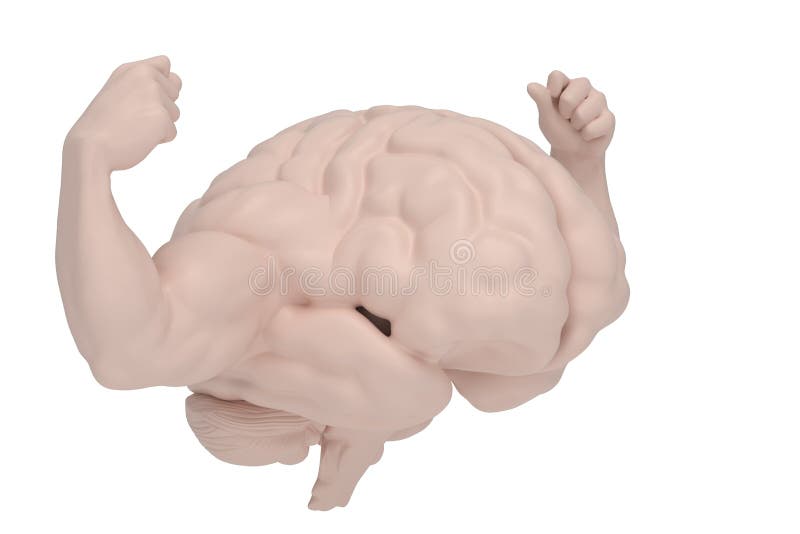

The miniature snippet of the human nervous system has been a long time in the making. Assembloids are a sort of “mini-me,” a workaround for testing potential treatments on a simple “replica” of a person rather than directly on a human. It’s the nexus toward more dexterous brain-machine interfaces, and a model to understand when brain-muscle connections fail-as in devastating conditions like Lou Gehrig’s disease or Parkinson’s, where people slowly lose muscle control due to the gradual death of neurons that control muscle function. An autonomous, living brain-spinal cord-muscle entity is an invaluable model for figuring out how our own brains direct the intricate muscle movements that allow us stay upright, walk, or type on a keyboard. Rather, it’s to recapitulate our nervous system, from input to output, inside the controlled environment of a Petri dish. The next big thing in probing the brain is assembloids-free-floating brain circuits-that now combine brain tissue with an external output.
Is the brain a muscle upgrade#
In other words, if you think isolated mini-brains-known formally as brain organoids-floating in a jar is creepy, upgrade your nightmares. The 3D mini-brain, through the information highway formed by the artificial spinal cord, was able to make the lab-grown muscle twitch on demand.

Without external prompting, when churned together like ice cream, the three ingredients physically linked up into a fully functional circuit. The result was a bizarre, Lego-like human tissue that replicates the basic circuits behind how we decide to move. But Pasca took the extra step, marinating the three components together inside a soup of nutrients.

Each individual component, churned to eerie humanoid perfection inside bubbling incubators, is already a work of scientific genius. You see, the blob was evolved from three lab-grown chunks of human tissue: a mini-brain, mini-spinal cord, and mini-muscle. Sergiu Pasca at Stanford University witnessed the tiny movement, he knew his lab had achieved something special. It’s not often that a twitching, snowman-shaped blob of 3D human tissue makes someone’s day.īut when Dr.


 0 kommentar(er)
0 kommentar(er)
